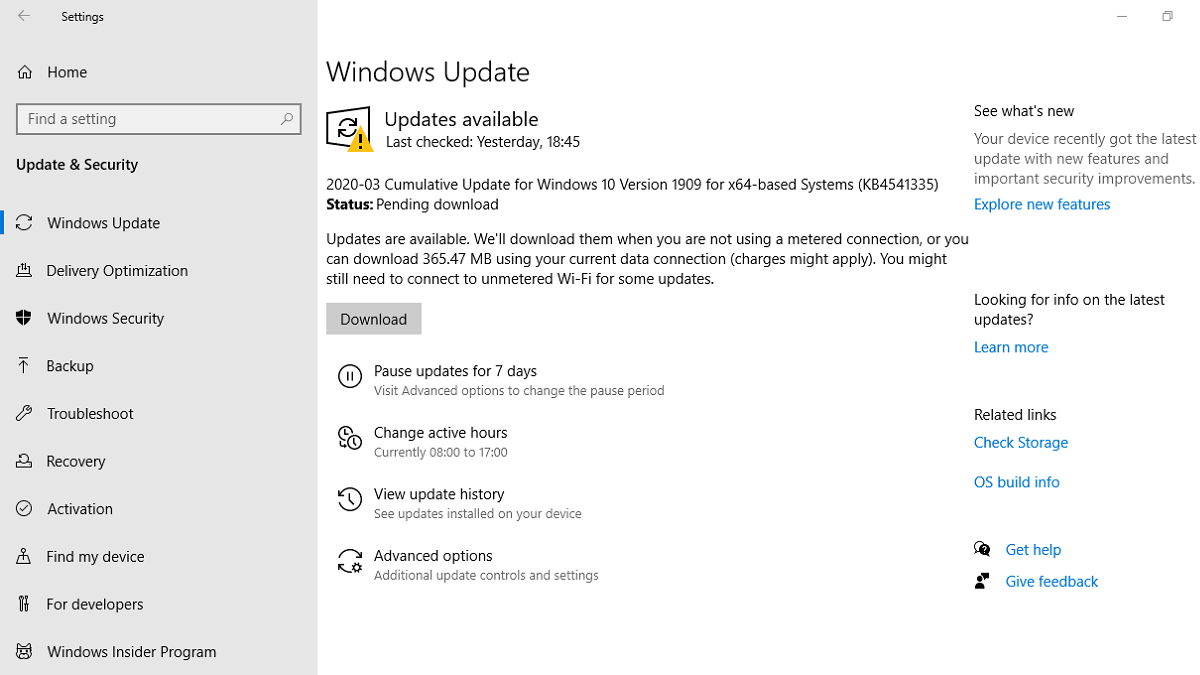
Windows 10 had a biannual update cadence. Microsoft is now reducing the number of Cumulative Feature Updates for the OS to just one per year.
Microsoft has confirmed that Windows 10 will receive just one Feature Update per year. As the company will actively support the OS till October 2025, the predecessor to Windows 11 should now receive about three major Cumulative Feature Updates until it reaches its End of Service.
Microsoft struggling with Windows Updates for Windows 10, and looks towards Windows 11 for solutions?
Every major and minor update for Windows OS has come with some issues. Hence, several Windows OS users dread installing updates. As a result, PC users try and avoid installing updates for Windows OS for as long as possible.
Microsoft is clearly well aware of the issue. The company has routinely tried to investigate the issues plaguing updates, and the problems they often cause.
Microsoft moves to annual updates for Windows 10, halving the number of yearly upgrades for its users https://t.co/zUCNGMCqpi
— CNBC (@CNBC) November 16, 2021
Microsoft has been consistently tweaking the Windows Update platform. The company assures it rigorously tests all updates before they go out. Additionally, Microsoft is also testing multiple different update mechanisms.
The Windows 10 November 2021 Update has been released, and here's which devices will get it. https://t.co/GyaBIizE0s
— Windows Central (@windowscentral) November 16, 2021
Interestingly, Windows 11 will receive just one Cumulative Feature Update every year. Microsoft has now indicated even Windows 10 will follow the same pattern. Currently, the OS receives two Feature Updates.
Incidentally, these updates are different from Patch Tuesday, and emergency updates that Microsoft sends out to patch security vulnerabilities.
Microsoft makes Windows 10 update cadence an annual affair, claiming it was the consumers’ choice:
It appears Microsoft is now following the common industry practice of delivering just one major Cumulative Feature Update per year. Apple Inc. and Google issue just one new version of their respective operating systems every year. Chrome OS is the only exception, receiving one update every four weeks.
Microsoft released Windows 10 in 2015 and had been updating it twice a year. In 2019, Microsoft started sending out one larger update a year with new features, and a smaller one focused on performance and reliability.
Microsoft will now update Windows 10 annually with new features https://t.co/nR1xwWGBqR pic.twitter.com/I6mWehTS3y
— The Verge (@verge) November 16, 2021
Explaining the reasoning behind shifting to a single large feature update every year, John Cable, vice president of program management for Windows servicing and delivery, said:
“We will transition to a new Windows 10 release cadence to align with the Windows 11 cadence, targeting annual feature update releases. The next Windows 10 feature update is slated for the second half of 2022.”
“We continue to listen to customer feedback to adapt Windows to meet your needs as part of our ongoing support for Windows 10, and have scoped the November 2021 Update to focus on productivity, management, and security”
It is amply clear that Microsoft will gradually shift focus to Windows 11. Still, the company should deliver about three large Cumulative Feature Updates for Windows 10, before it retires the OS.


